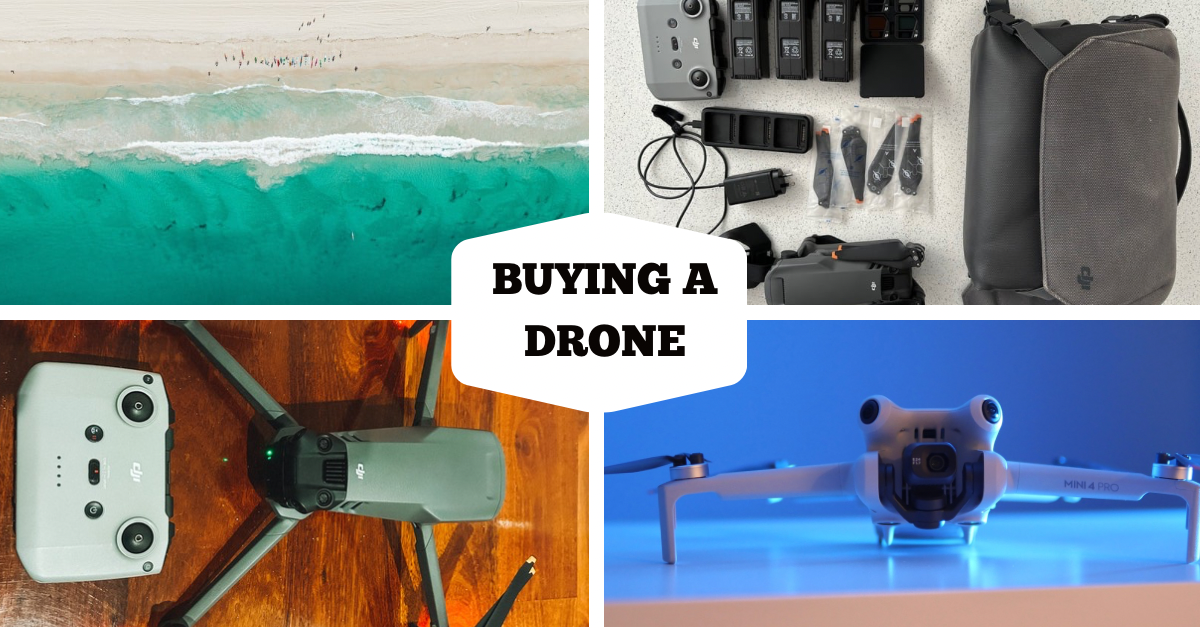Drones have been around for over a decade and oh boy has the technology drastically improved! The gods of technology have blessed us with 360 obstacle avoidance stopping our drones from crashing, intelligent flight modes to automate flight paths, and insane zooms to see further than the eye can see.
I spent around $100 on my first drone thinking I’d use it to learn with and what a waste of time it was. Cheap drones are hard to fly and fall out of the sky. Higher-priced drones hover in the air and are easy to fly. That being said, how do you choose which drone is right for you?
In this article, I will share my six years of drone flying experience to whittle it down to the 5 best drones to look at when buying a drone.
Why Choose DJI?
DJI has consistently dominated the drone market, offering a range of professional drones suitable for both personal use and commercial applications.
Their products are known for their reliability, innovative features, and excellent image quality. Here’s why DJI stands out in the drone space:
- DJI is at the forefront of drone technology, consistently introducing new features and improvements.
- Their drones are known for their stable flight performance and durable build quality.
- They offer a large ecosystem of drone accessories and software that enhance the flying experience.
- Many DJI drones feature advanced camera systems, some even collaborating with renowned camera manufacturers like Hasselblad.
- DJI’s intuitive controls and intelligent flight modes make their drones accessible to beginners while offering advanced features for professionals.
Key Factors to Consider When Buying a Drone
Now let’s dive into some key features to look for. We will be looking at DJI drones that have great camera quality, flight times and 360 obstacle avoidance which is one of the best safety features to look for.
1. Flight Time and Battery Life
When I first started flying drones, I quickly realized how limiting short flight times could be, especially when trying to capture the perfect shot or cover large areas. My first drone flew for around 2 minutes then my second drone(DJI Mavic 2019) flew for around 20 minutes.
Now its become standard for drones to fly for around 45 minutes. The DJI Mavic 3 series boasts up to 46 minutes of flight time, which has been a game-changer for capturing all the shots needed in one area in one flight.
Pro Tip: Always carry spare batteries. I typically have at least three batteries for each of my drones, allowing me to extend my shooting sessions without long interruptions.
2. Camera Quality
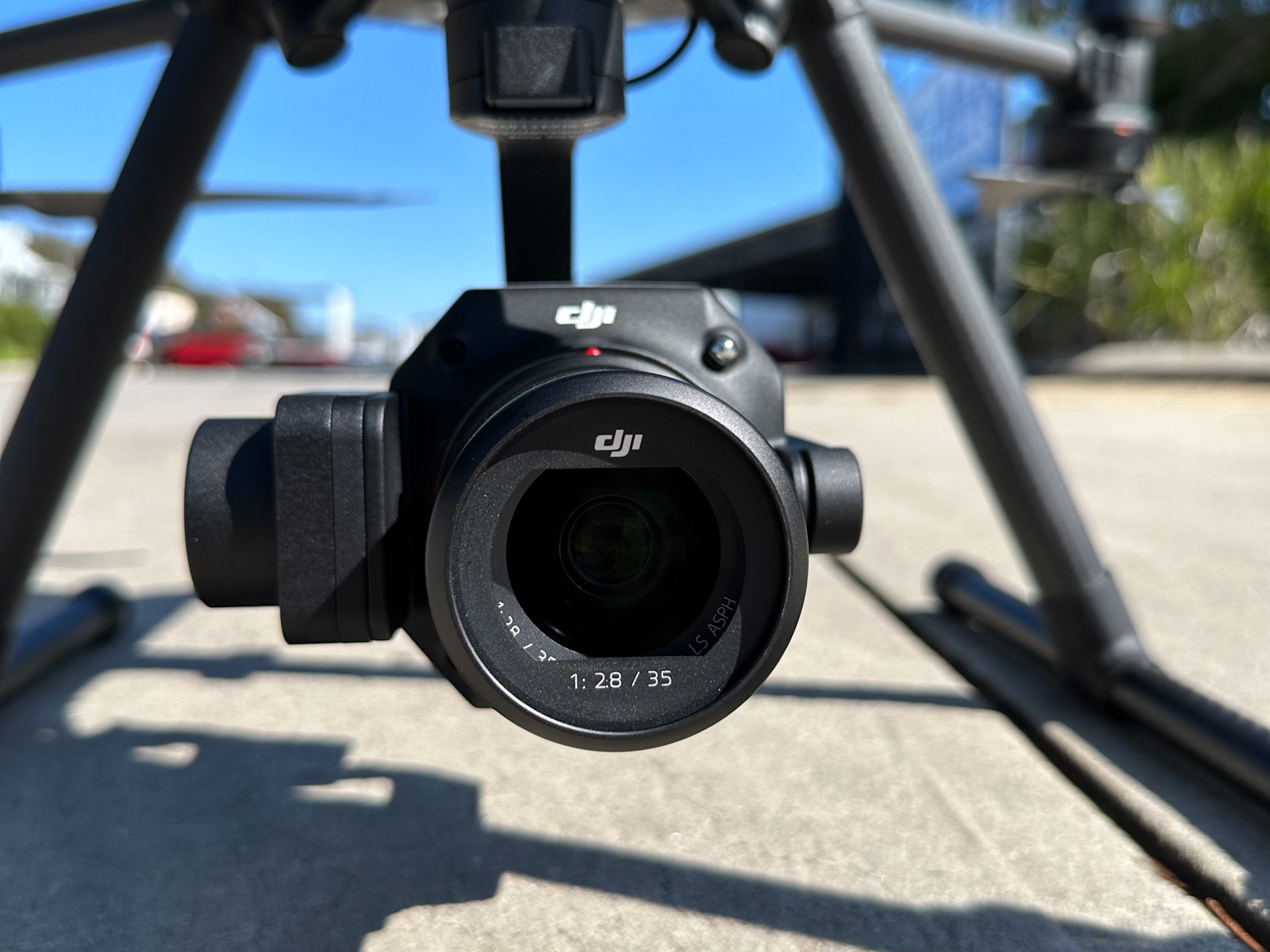
Over the years, I’ve seen a significant improvement in drone camera technology, and DJI has been at the forefront of this evolution.
Consider factors like sensor size, resolution, and video capabilities. Some DJI drones like the Mavic 3 feature the Hasselblad cameras or larger sensors for better image quality. Here are some key camera features to look for:
- Sensor Size: Larger sensors (like the 4/3 CMOS in the Mavic 3 series) generally produce better image quality, especially in low light conditions.
- Resolution: Look for drones that can capture at least 4K video and 12MP stills. The Mavic 3 shoots up 5.1K.
- Bit Depth: Higher bit depth (10-bit or 12-bit) allows for more flexibility in post-production.
- Frame Rates: Higher frame rates (60fps, 120fps) enable smooth slow-motion footage.
- RAW Support: The ability to shoot RAW photos for increased detail post editing.
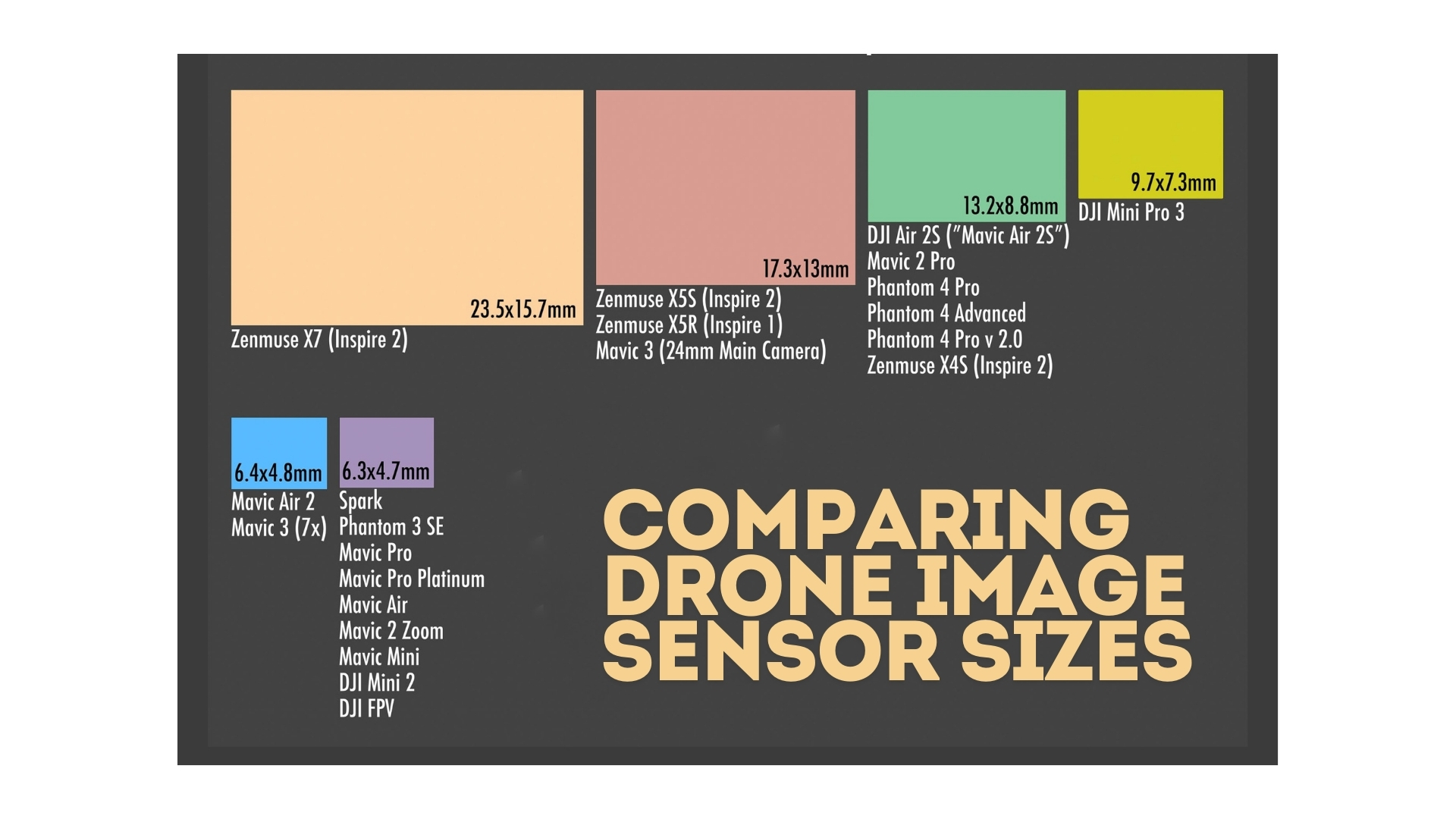
A larger drone image sensor means higher resolution with more pixels, allowing for finer detail and more flexibility in cropping without losing quality.
It enhances post-editing by retaining better detail, reducing noise, and providing more accurate colour reproduction, so you can adjust exposure and colour more effectively while preserving image clarity.
3. Safety Features
As drone technology has advanced, so too have the safety features. These are essential for both beginner and experienced pilots to prevent collisions and ensure safe flights. Key safety features to look for include:
- Obstacle Avoidance: Advanced drones come equipped with omnidirectional obstacle sensing and avoidance systems. This has saved me from crashes numerous times, especially when flying close to buildings or when flying low over hills.
- Return-to-Home (RTH): This feature automatically brings the drone back to its takeoff point if it loses connection or when the battery is low.
- Geofencing: This prevents the drone from entering restricted airspace, helping you comply with local regulations.
- AirSense (ADS-B): Some advanced DJI drones include AirSense technology, which warns you of nearby manned aircraft.
Your obstacle avoidance system is turned off during sports mode. I learnt this the hard way when flying at full speed filming my mate on his motocross bike at Lancelin sand dunes.
I didn’t hit him but I did fly at full speed into a dune which broke the propellers and the gimbal had to be repaired(poor drone).
4. Portability
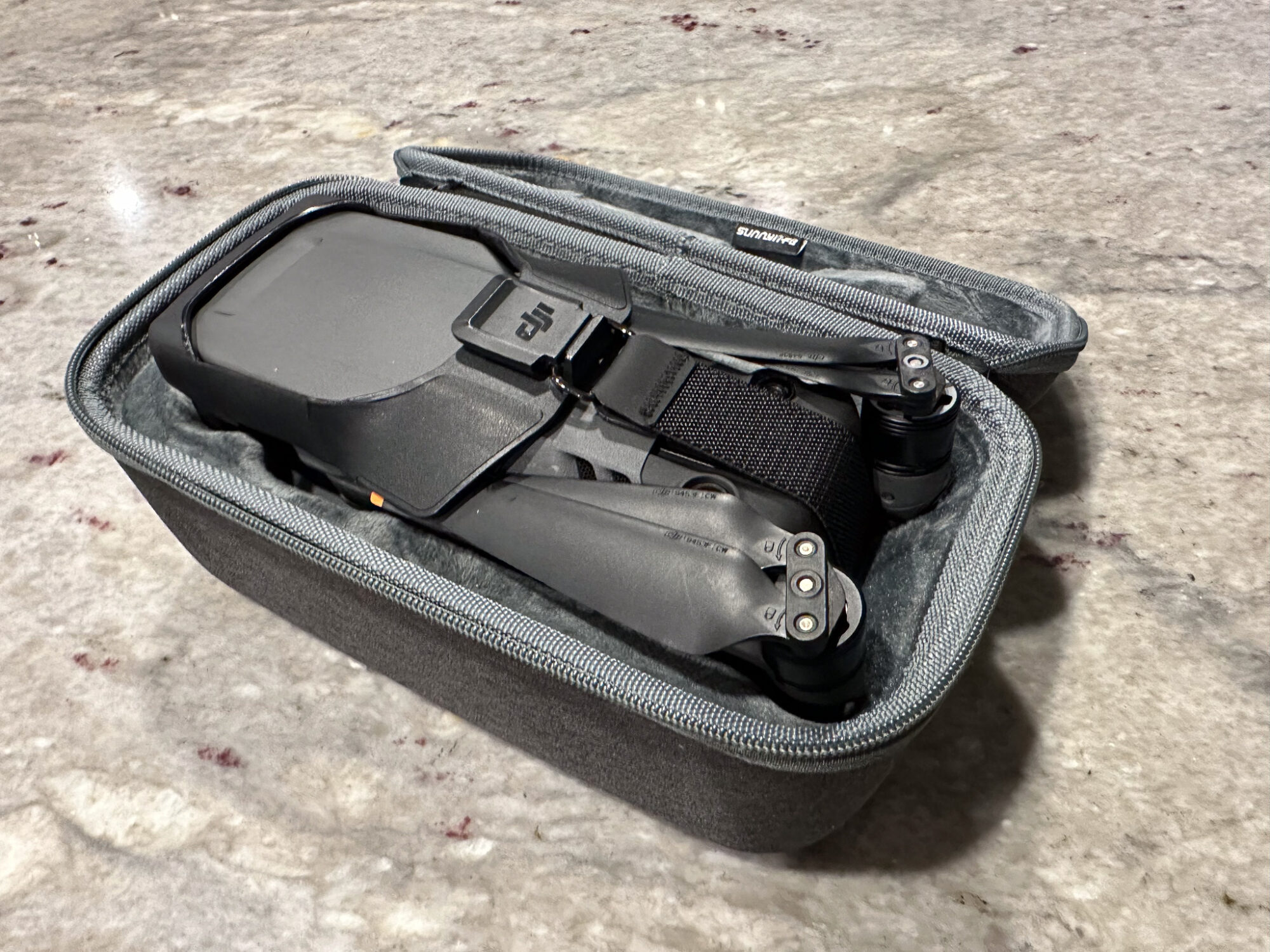
If you plan to travel with your drone, consider its size and weight. DJI offers several foldable drones in their Mavic and Mini series, making them excellent choices for on-the-go aerial photography.
A small compact drone is great for travelling. Having a fairly compact drone like the DJI Mini 4 pro(249g) allowed me to capture breathtaking aerial footage without adding significant weight to my luggage(the Mini series is much better for travel).
Consider these factors when evaluating portability:
- Folded Dimensions: How small does the drone become when folded?
- Weight: Drones under 250g (like the DJI Mini series) often have fewer regulatory requirements.
- Carrying Case: Does the drone come with a compact carrying case?
5. Controller and Flight Modes
Look for drones with intuitive controls and a variety of intelligent flight modes. DJI’s RC controllers often come with built-in screens, eliminating the need for a separate smartphone.
Intelligent flight modes can significantly enhance your creative possibilities. Some of my favourite DJI flight modes include:
- ActiveTrack: Automatically follows a subject, perfect for action shots. Allows the user to put down their controller and choose an angle to follow from.
- QuickShots: Pre-programmed flight patterns like dronie and asteroid for cinematic shots with minimal effort.
- Hyperlapse: Creates stunning time-lapse videos with motion(long battery life needed).
- Panorama: Automatically captures and stitches panoramic photos.
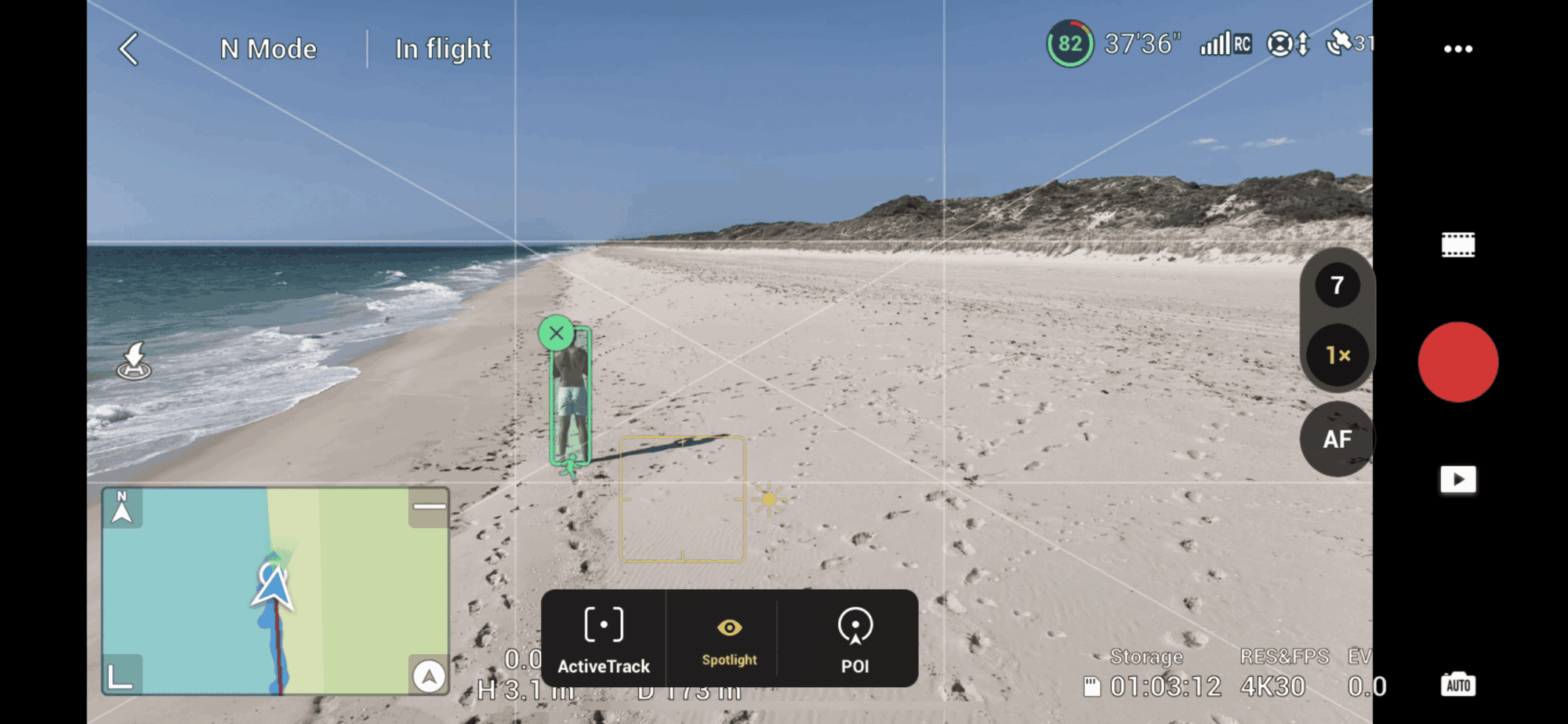
Having the DJI RC Pro controller, with its bright built-in screen, has been a game-changer for my outdoor shoots. I no longer struggle to see my smartphone screen in bright sunlight, allowing me to compose shots more accurately.
The 5 Best DJI Drones
Based on my experience and the current drone space, here are the 5 best DJI drones to consider when buying a drone:
1. DJI Mavic 3 Pro
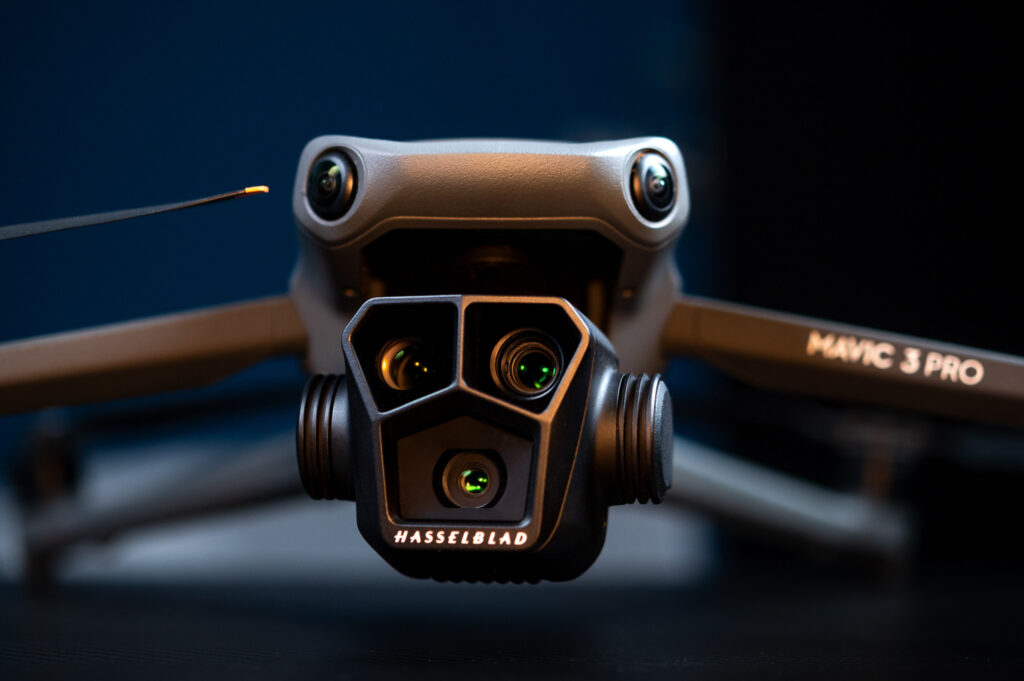
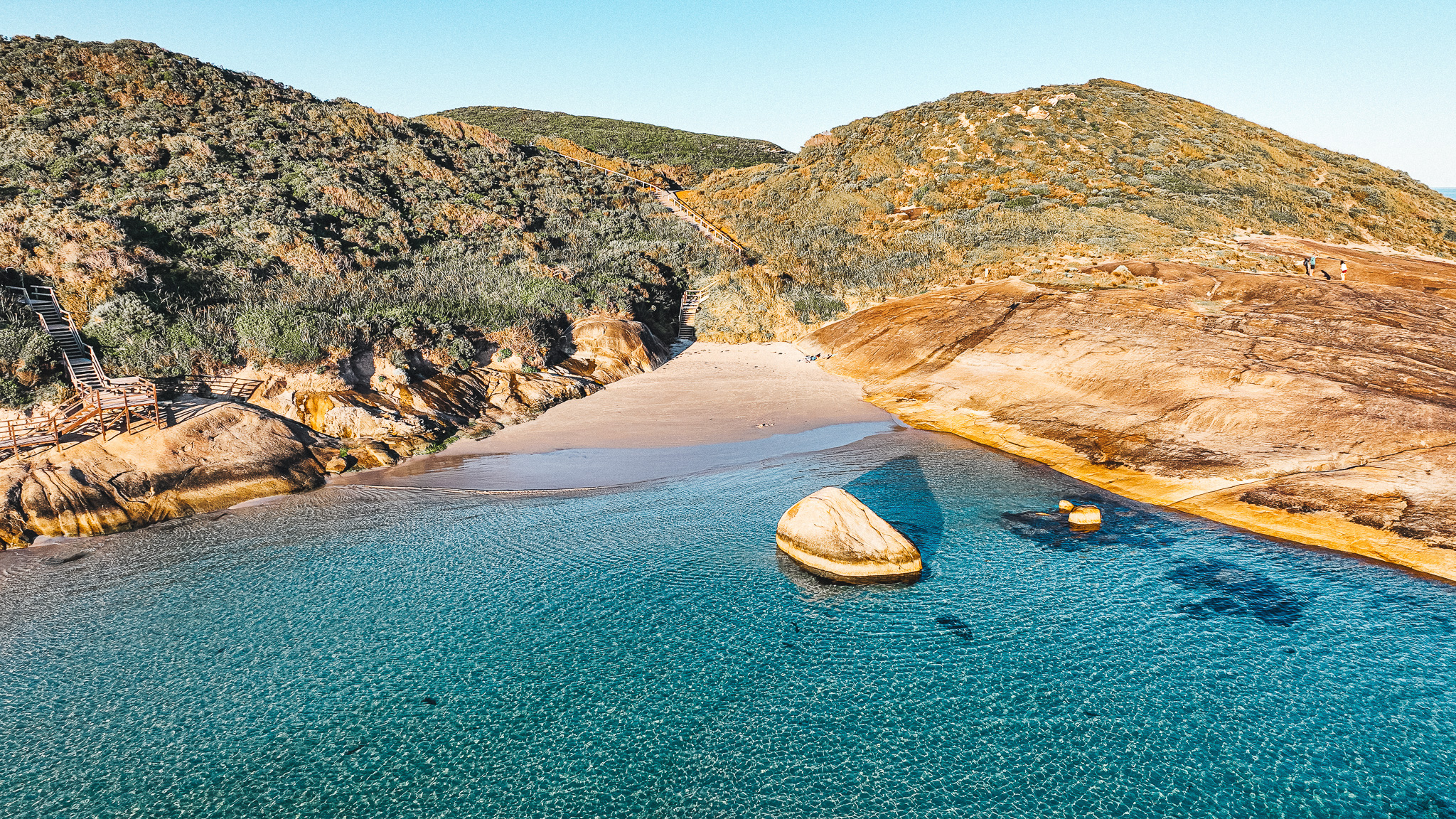
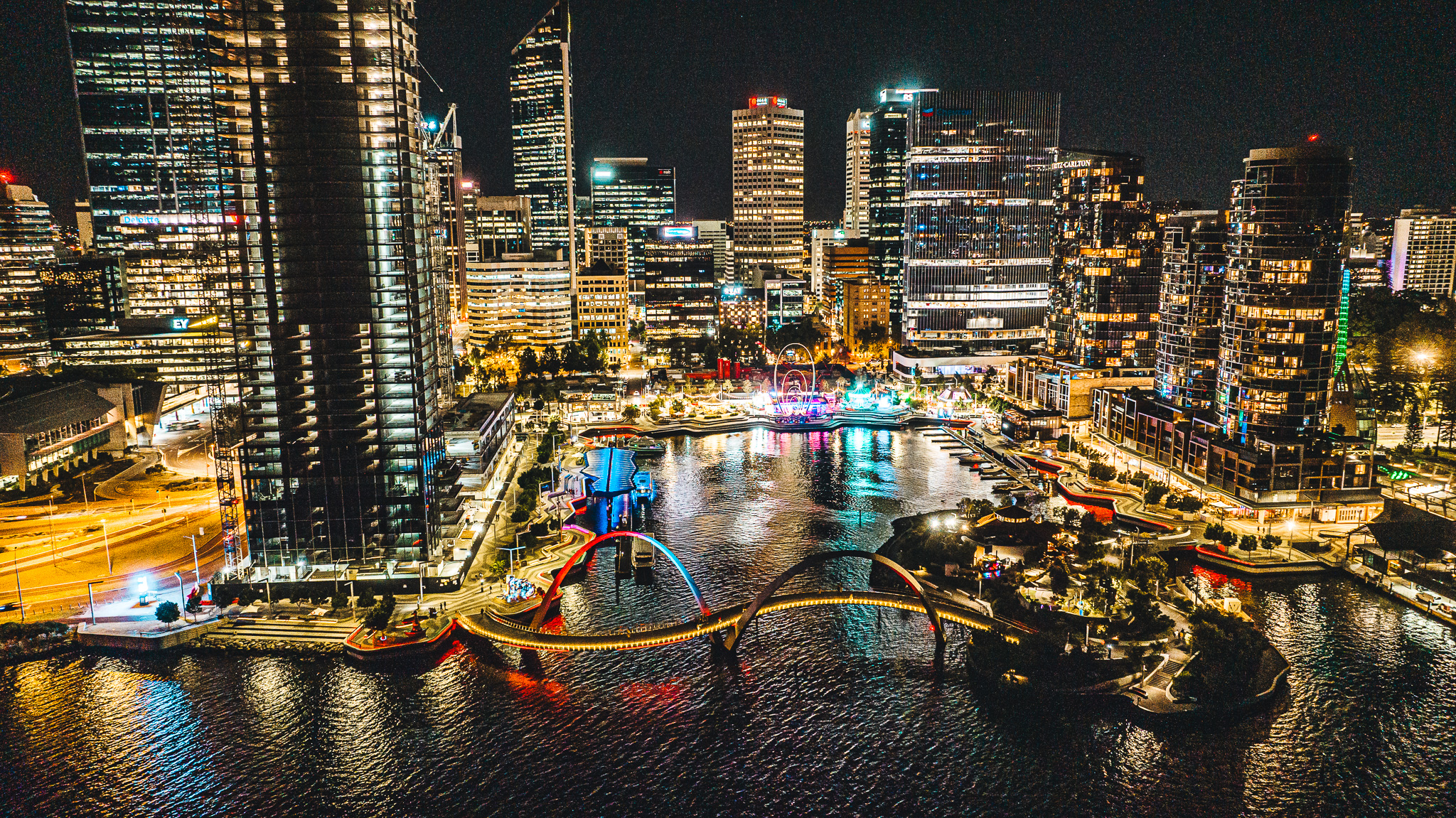
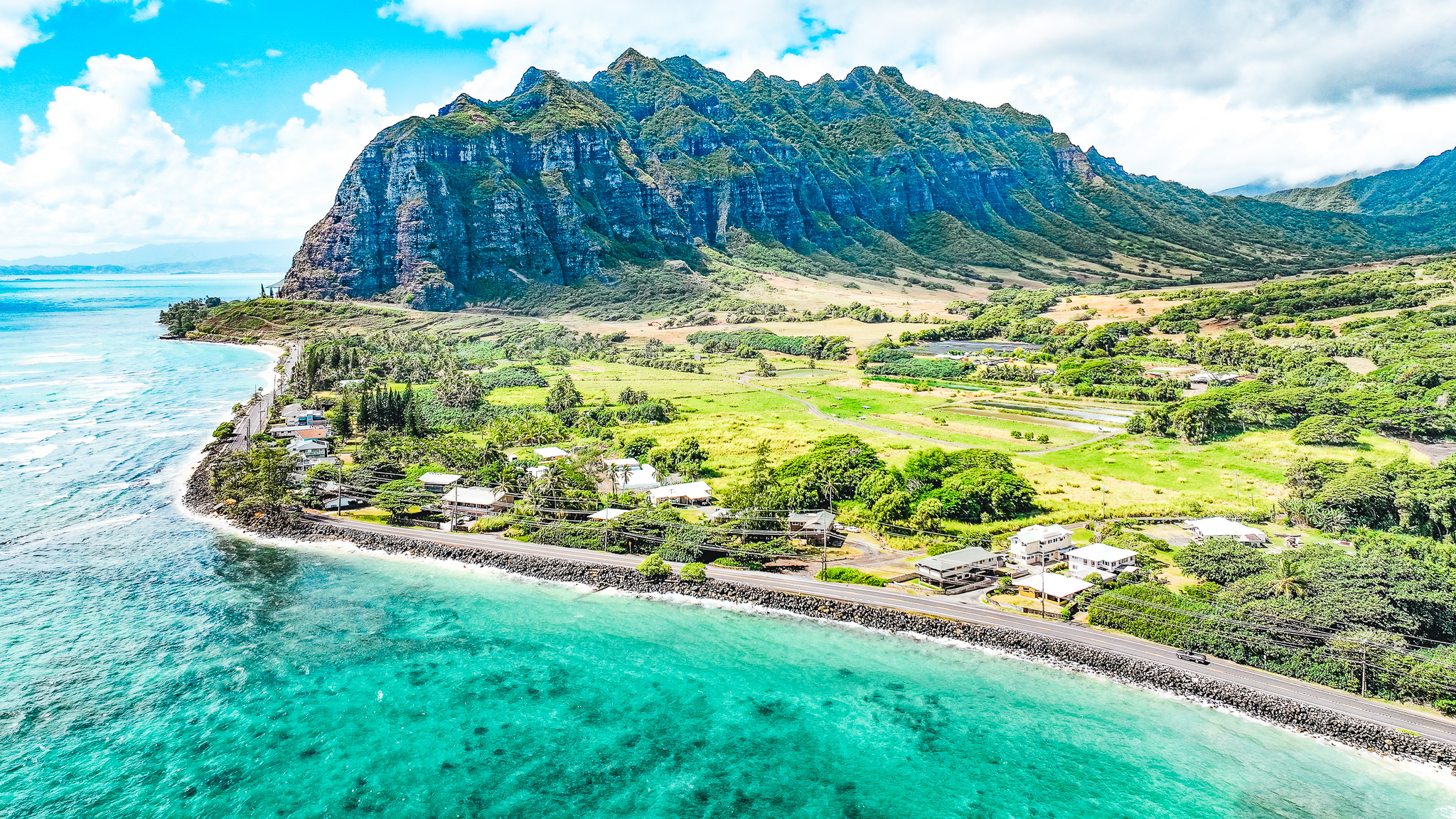
The DJI Mavic 3 Pro is DJI’s flagship consumer drone, featuring a Hasselblad camera with a large 4/3 CMOS sensor. It offers up to 45 minutes of flight time and can shoot 5.1K video.
There are several models of the Mavic 3 with prices ranging widely, the DJI Mavic 3 Classic being the cheapest. The main differences are video quality and internal storage.
Key Features:
- 4/3 CMOS Hasselblad Camera
- 5.1K/50fps, 4K/120fps video
- 46 minutes of flight time
- Omnidirectional obstacle sensing
- 15km HD video transmission
- Apple ProRes 422 HQ support
- 8GB internal storage
The Mavic 3 Pro is an incredible drone and a top choice for those looking to take professional aerial photos and videos. The main camera can shoot in 5.1K Apple ProRes 422 video which also allows great post editing power.
2. DJI Mavic 3
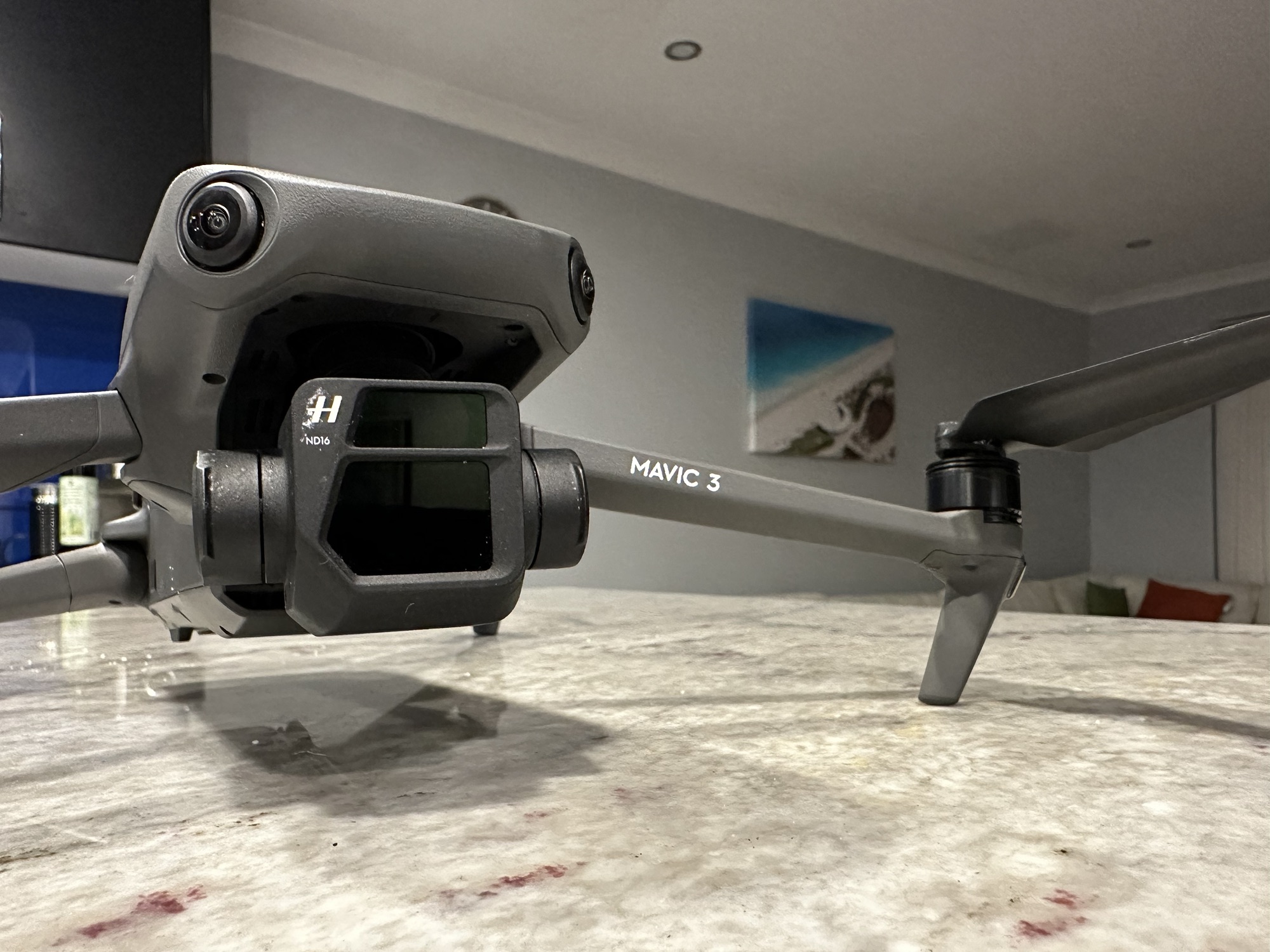
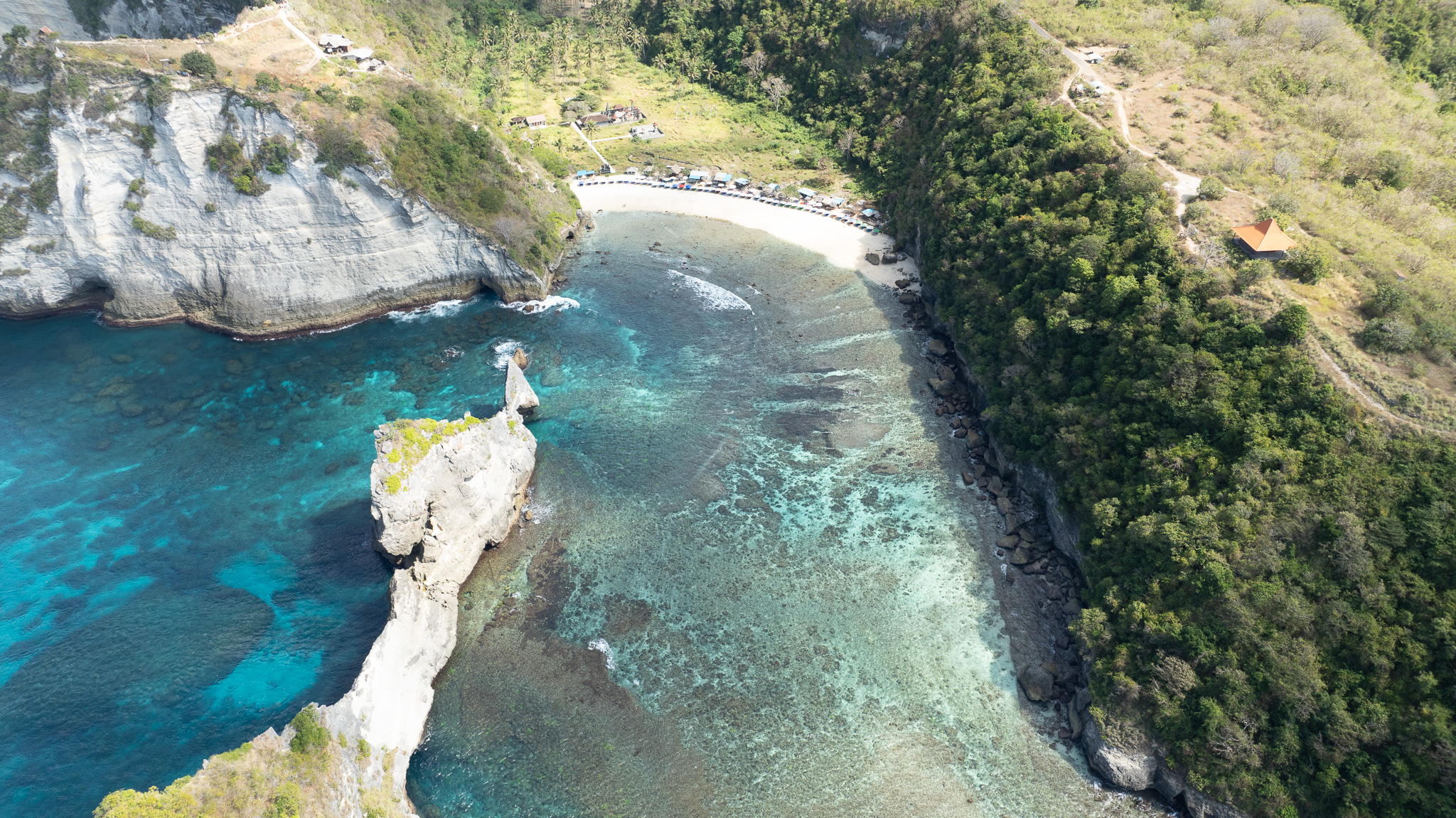
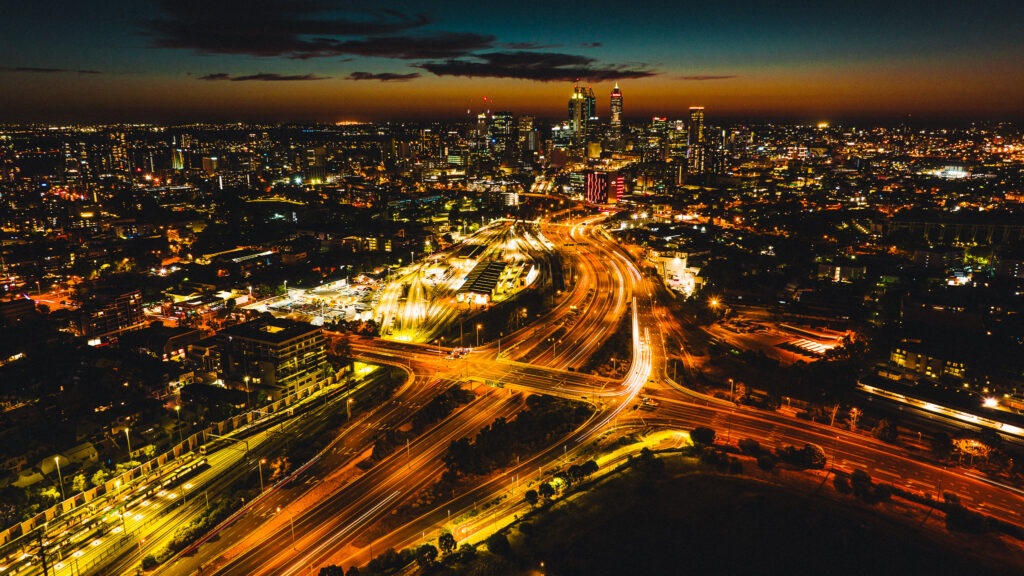
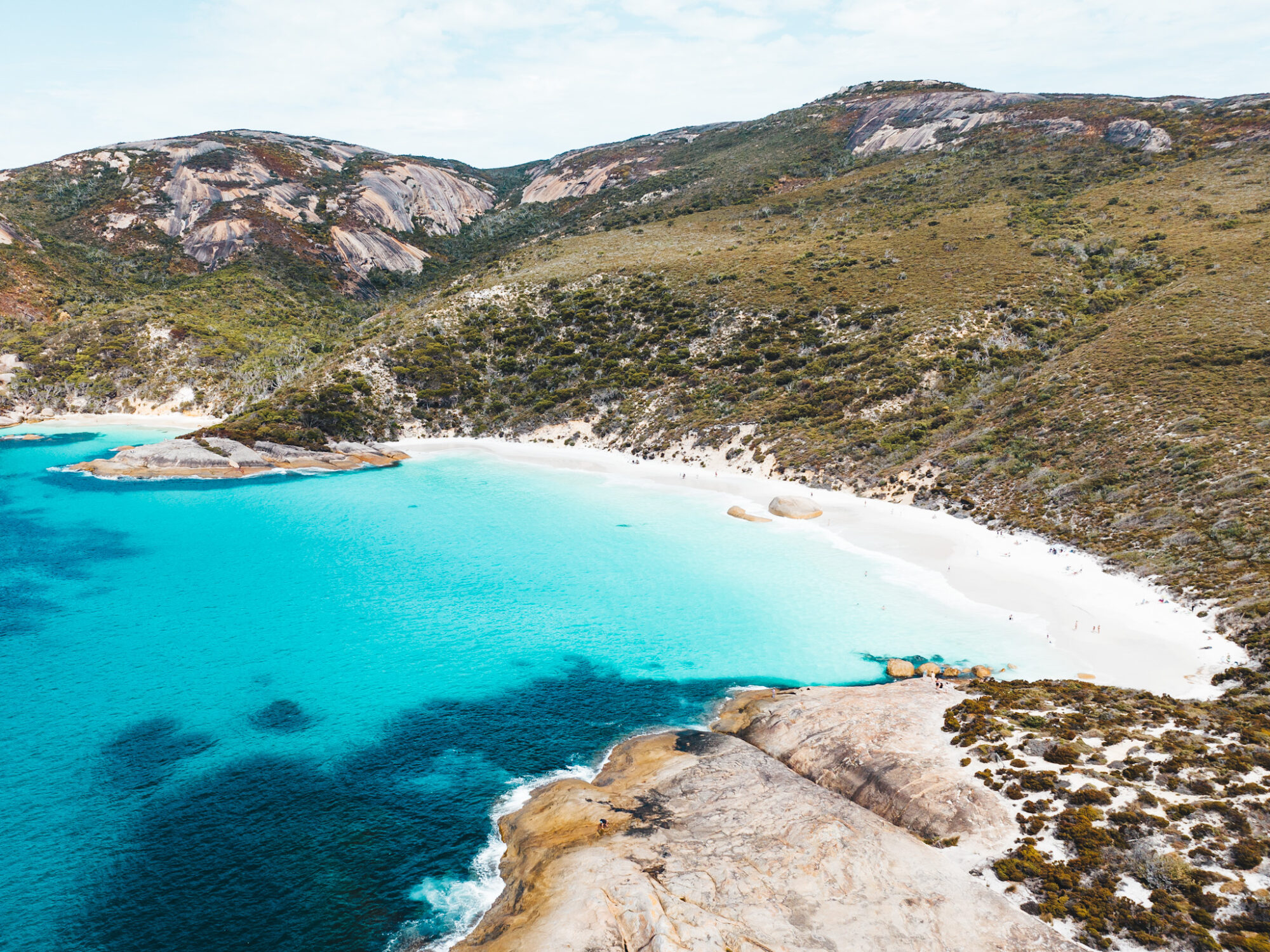
For those who want the Mavic 3 experience at a lower price point, the Mavic 3 is an excellent choice. It has a dual camera system both with the telephoto lens whilst the DJI Mavic 3 Pro has a tri camera system.
The Mavic 3 is an incredible drone with all the advanced features needed as well as an amazing camera.
Key Features:
- 4/3 CMOS Hasselblad Camera
- 5.1K/50fps, 4K/120fps video
- 46 minutes of flight time
- Omnidirectional obstacle sensing
- 15km HD video transmission
You really can’t go wrong with this drone. It performs really well in low light conditions and gives the user a lot of manual control over the camera settings with its adjustable aperture as well as shutter speed control.
3. DJI Mini 4 Pro


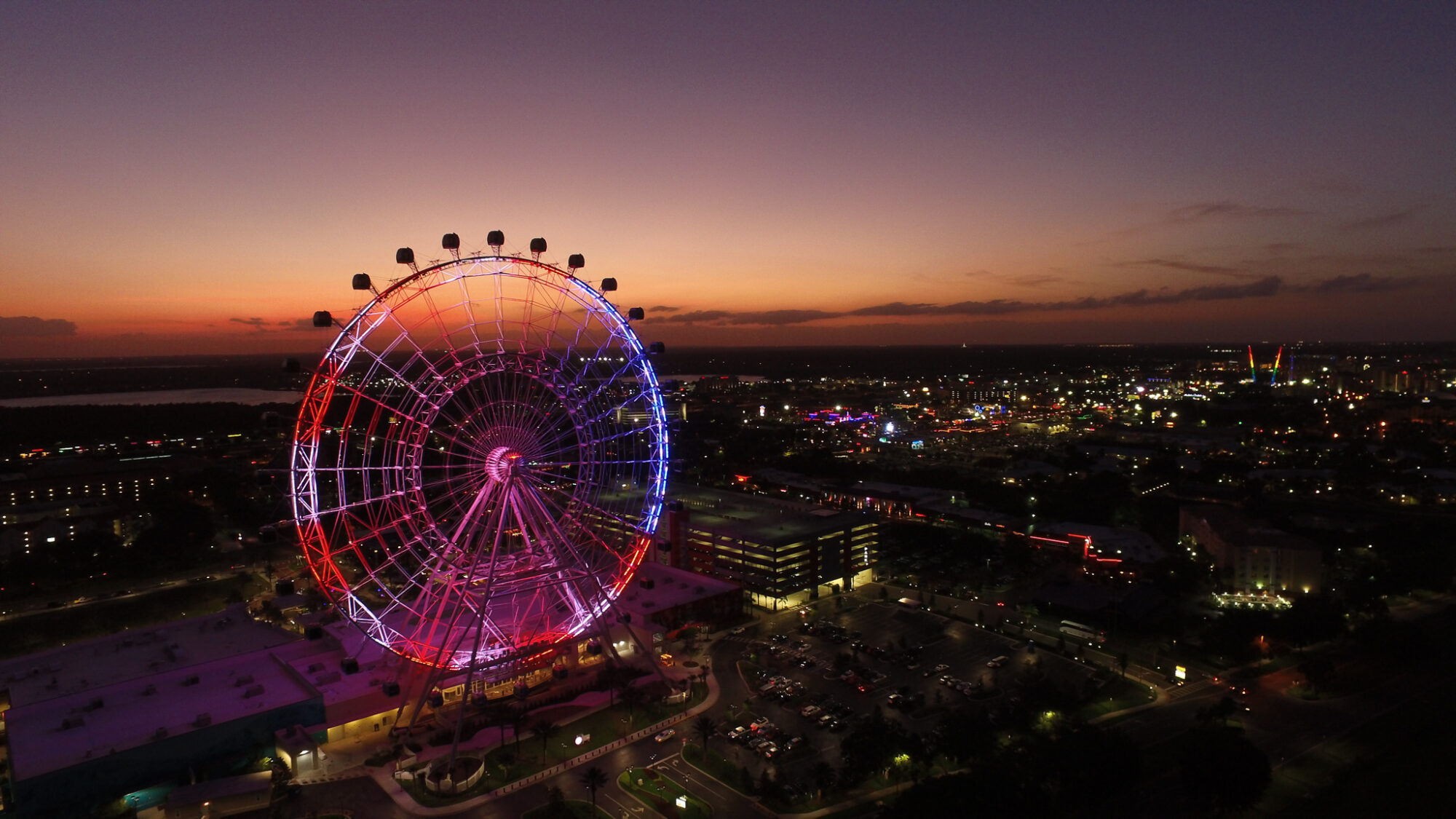
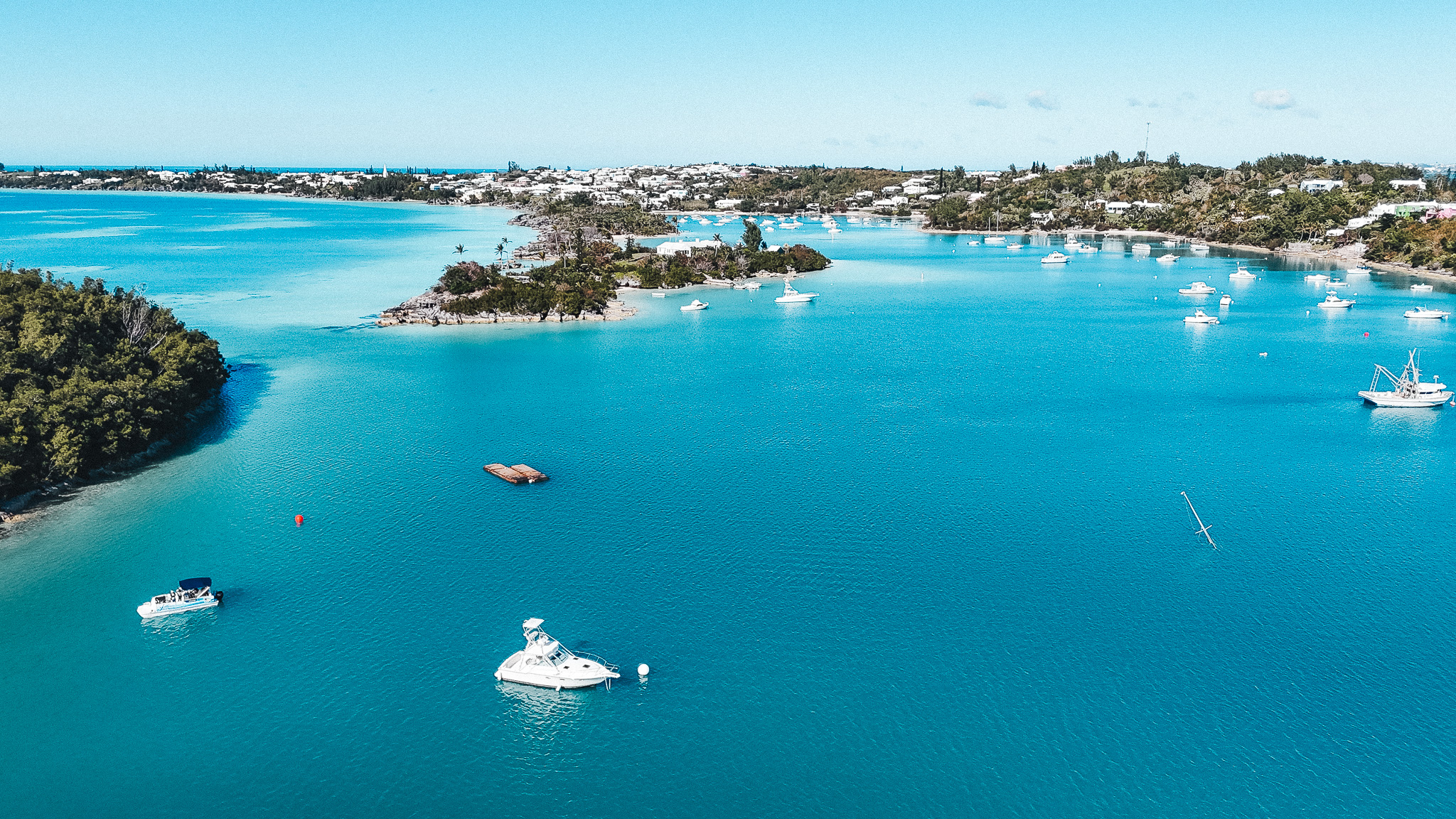
Despite its lightweight build (under 250g), the Mini 4 Pro doesn’t compromise on features. It offers 34 minutes of flight time or 45 with intelligent batteries, 4K/100fps video, and omnidirectional obstacle avoidance. Its compact size makes it an excellent choice for travellers and beginners.
Key Features:
- 249g takeoff weight
- 1/1.3-inch CMOS sensor
- 4K/100fps video, 48MP photos
- 34/45 minutes of flight time
- Omnidirectional obstacle avoidance
- 20km HD video transmission
- Rotate the gimbal to shoot in portrait mode
One of the main features I love about the Mini 4 Pro is its ability to rotate the gimbal to shoot in portrait mode. This means you can upload straight to social media platforms like Instagram reels or TikTok and not have to crop your video which loses quality and time.
The Mini 4 Pro is a tiny drone that can do amazing things. The ability to shoot in night mode is an exclusive feature compared to previous Mini models. It’s a top choice for travelling.
4. DJI Air 3
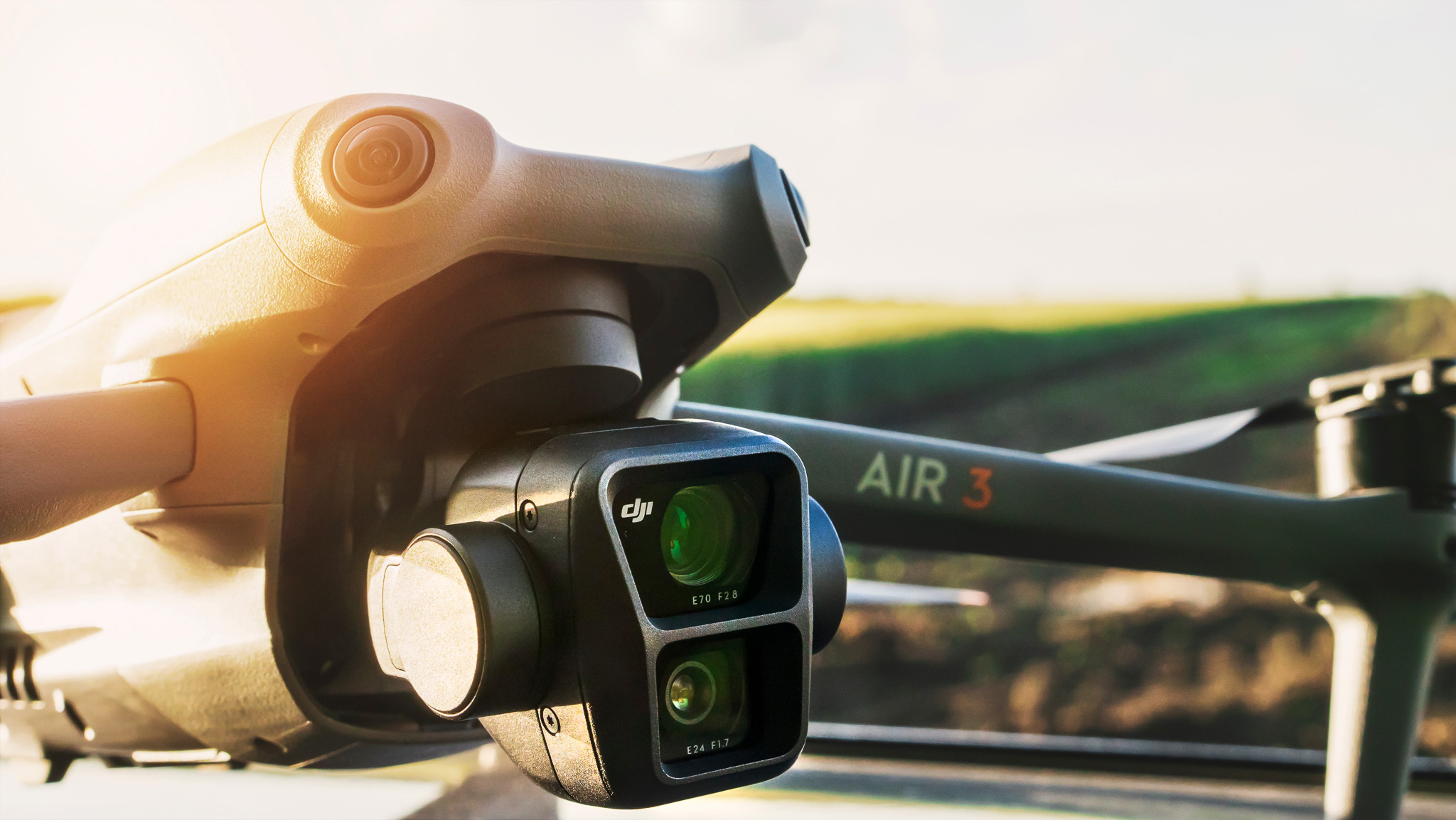


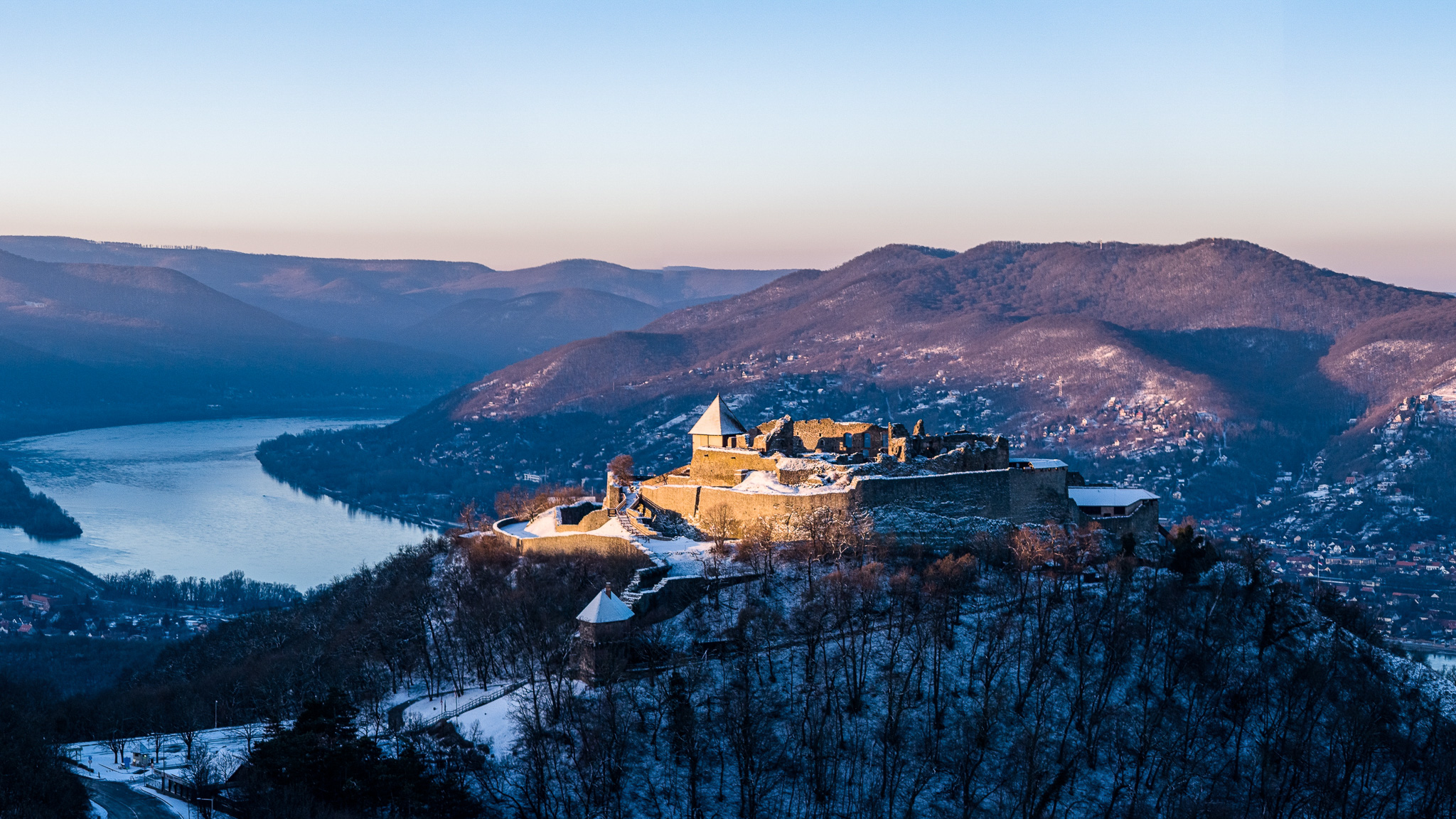
One of the latest drones to hit the market. It’s size sits between the Mavic and Mini. It features dual cameras (wide-angle and telephoto), 4K/100fps video capability, and up to 46 minutes of flight time.
Its mid-range price point makes it an attractive option for people wanting to upgrade and not spend a lot.
Key Features:
- Dual-camera system (24mm & 70mm equivalent)
- 1/1.3-inch CMOS sensors
- 4K/100fps video, 48MP photos
- 46 minutes of flight time
- Omnidirectional obstacle sensing
- 20km HD video transmission
The Air 3 offers a rotating gimbal which rotates but crops the footage reducing quality. It doesn’t work as well as the Mini 4 Pro.
The Air 3’s dual-camera system can switch between wide-angle and telephoto camera views without changing altitude.
5. DJI Mini 3
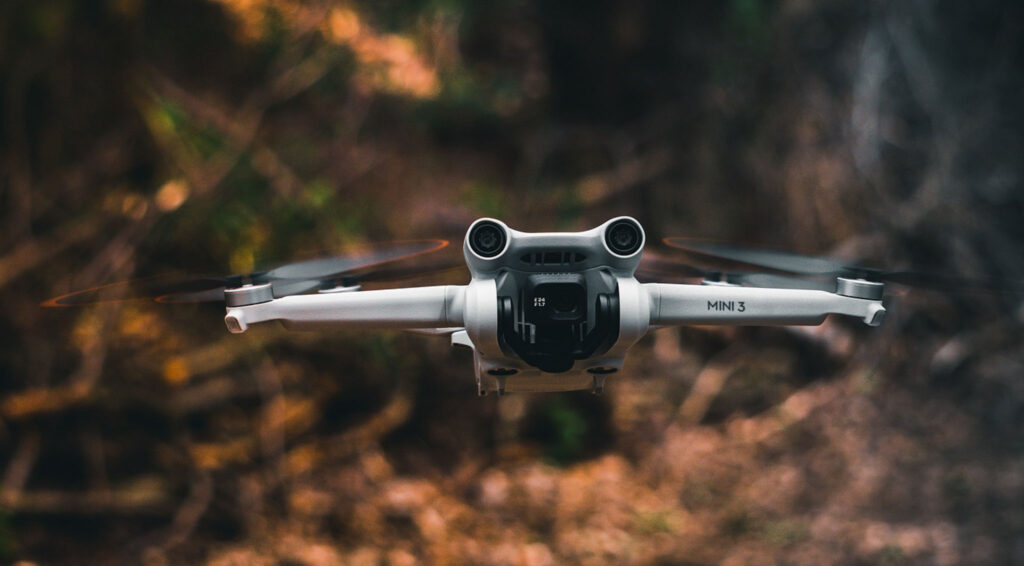
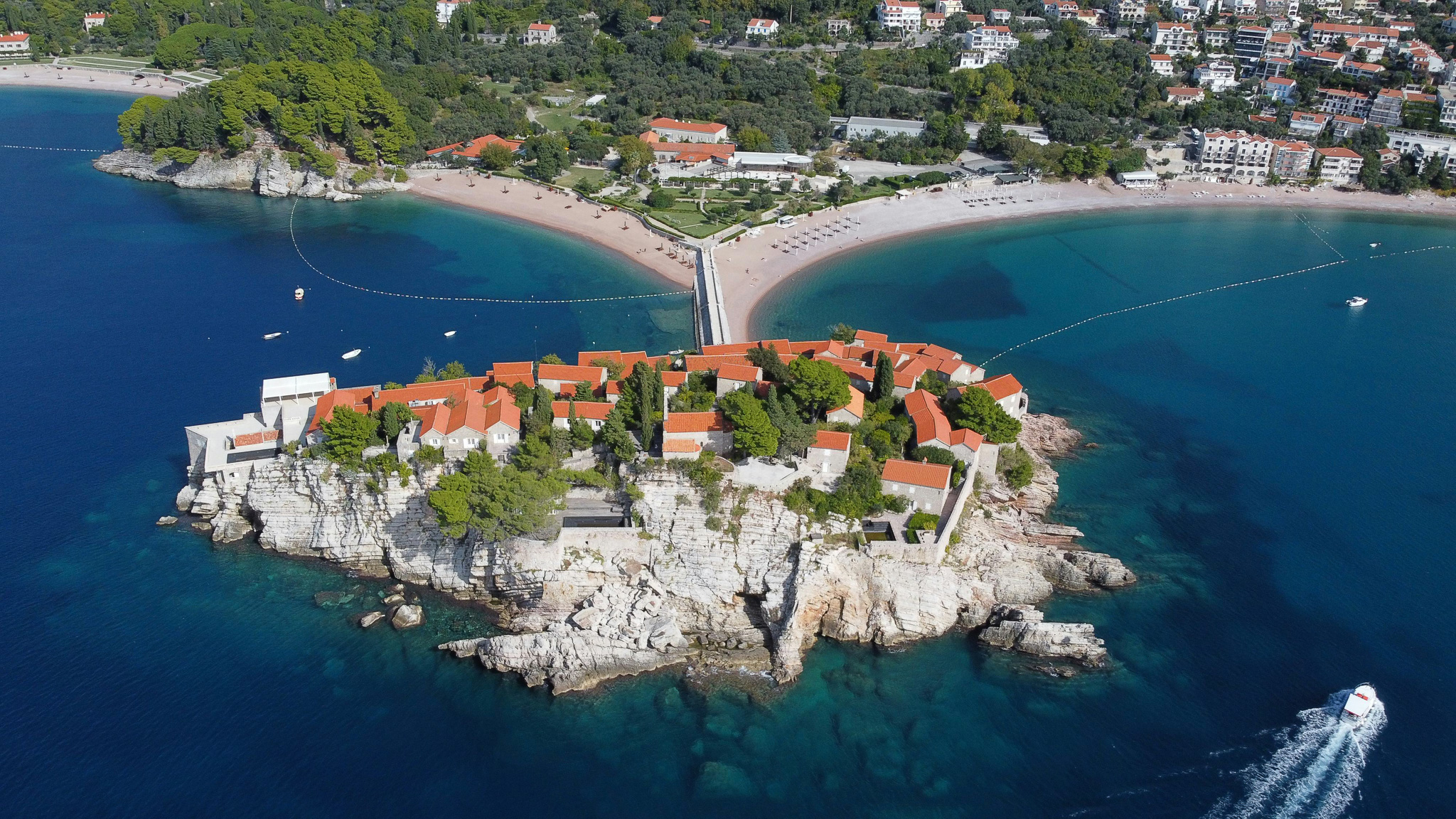
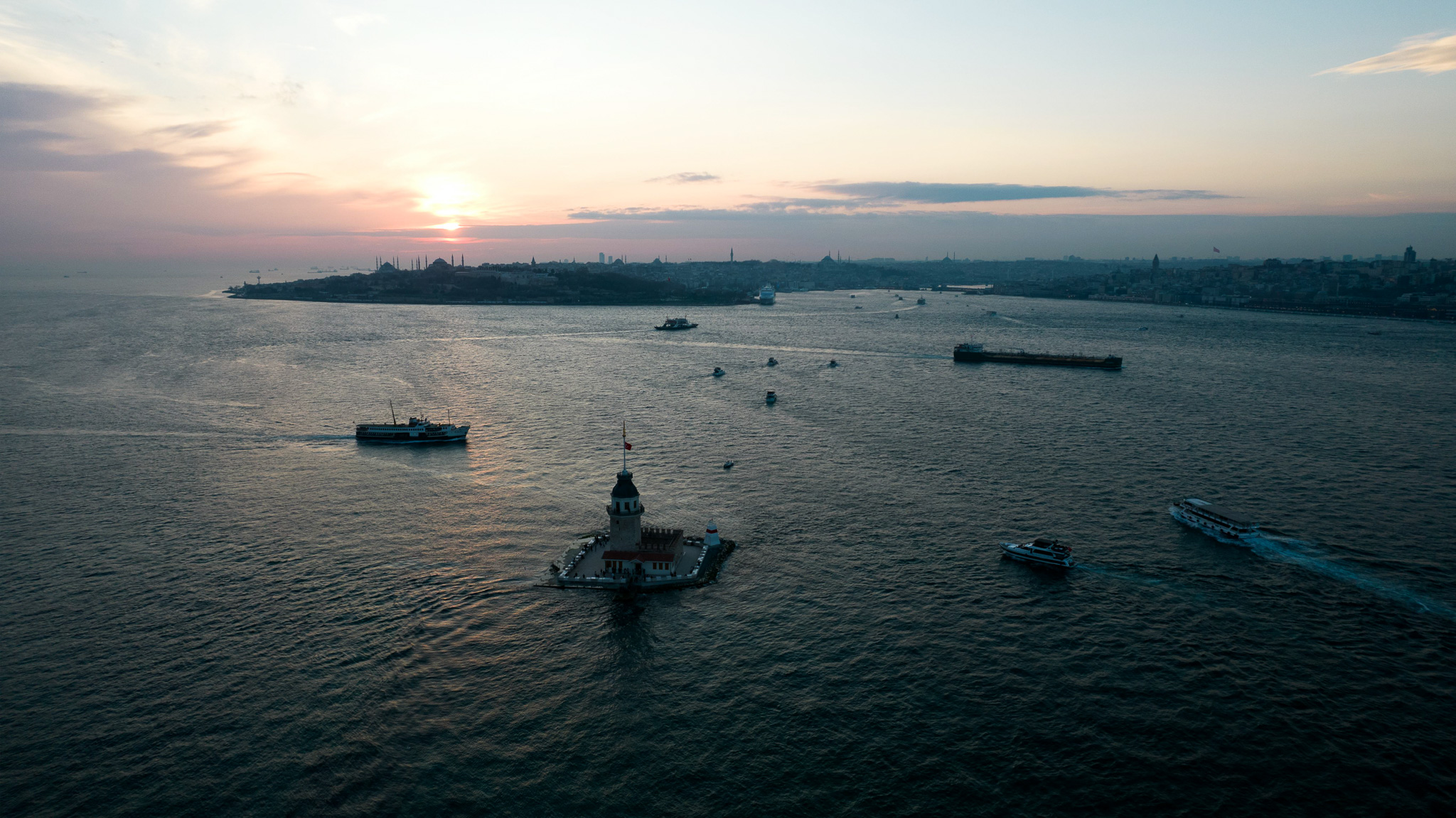
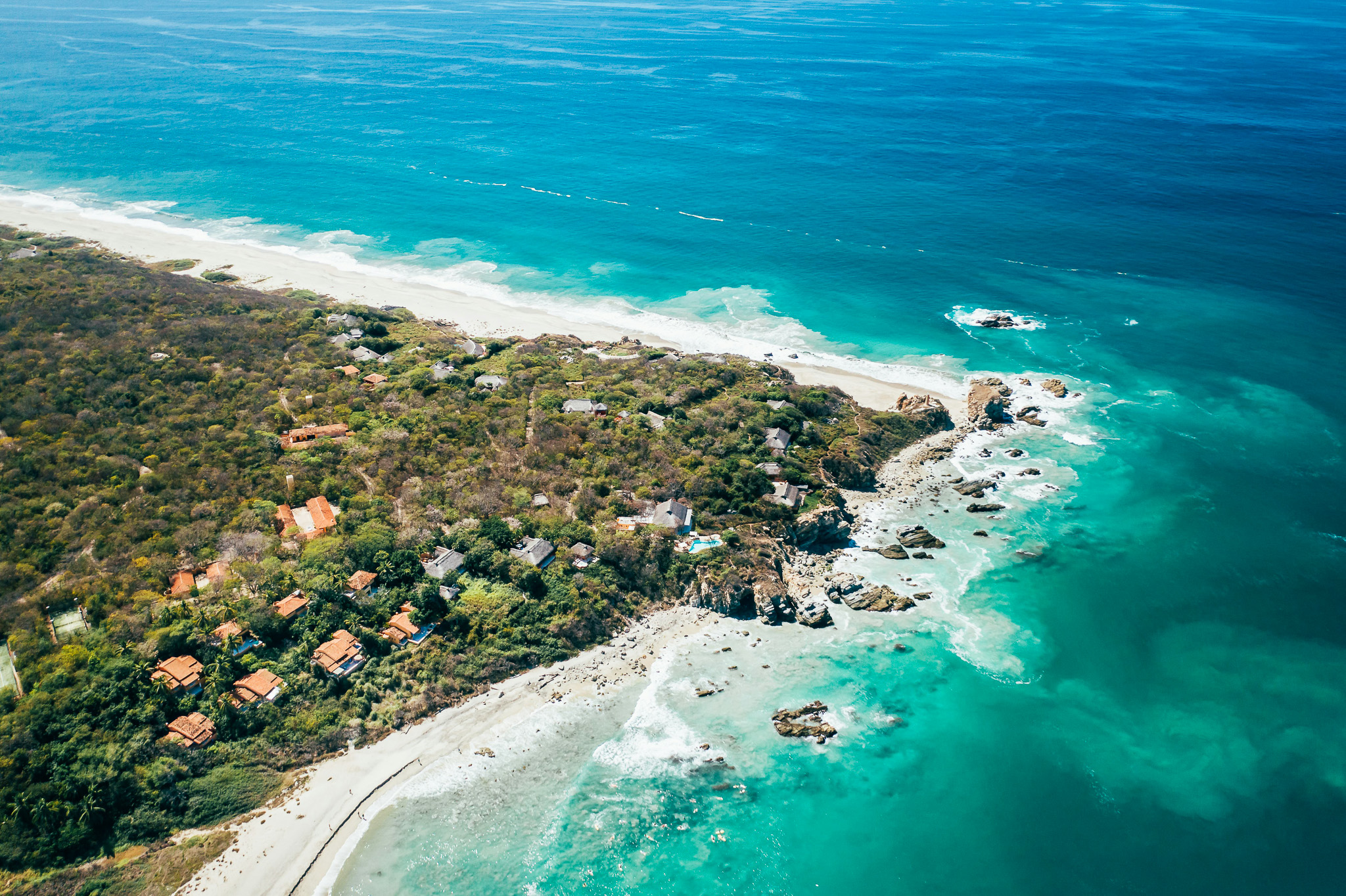
If you’re looking for the best drone under $1000, the DJI Mini 3 is my top pick.
It offers impressive features like 4K video, 38 minutes or 51 minute with intelligent batteries, and vertical shooting capability, all in a sub-250g package that doesn’t require registration in many countries.
Key Features:
- 249g takeoff weight
- 1/1.3-inch CMOS sensor
- 4K/30fps video, 48MP photos
- 38/51 minutes of flight time
- Vertical shooting capability
- 10km HD video transmission
I often recommend the Mini 3 to friends and followers who are just getting into camera drones and drone photography. It can produce some great photos and videos.
Its obstacle sensors only protects you when landing making it easy to crash. The DJI Mini 3 Pro has some upgraded features like 60fps video and forward, landing and upwards sensors making it a bit safer to fly.
How Drones Have Changed My Life
I bought my first drone when I moved to Australia from the UK in 2018. I was always fascinated by beautiful beaches and thought now that I’m in Australia, this will be a perfect place to fly drones and capture some of the best beaches in the world.
Little did I know how much of an impact drones would have on my life.
Making Money with Drones
Still being one of my favourite hobbies is to travel and fly drones in new places. This hobby has turned into a great side hustle earning me both passive and instant income.
Here are some key ways DJI drones have earned me money so you can do it too:
- I started a YouTube channel showcasing the best locations that have made money through the affiliate links in the description.
- Something every drone operator should do is print photos on canvas or as a framed print. I sell these online through Facebook marketplace and other websites.
- Selling drone videos on stock websites like Adobe Stock and Shutterstock has been a great way to earn passive income.
- I got my remote pilot licence and worked with a company in Perth doing 3D modelling of warehouses.
- I’m also going to start selling digital downloads on Etsy.
These are just a few ways of making money with a drone which gives you an incentive to fly more to get more experience and start earning some money.
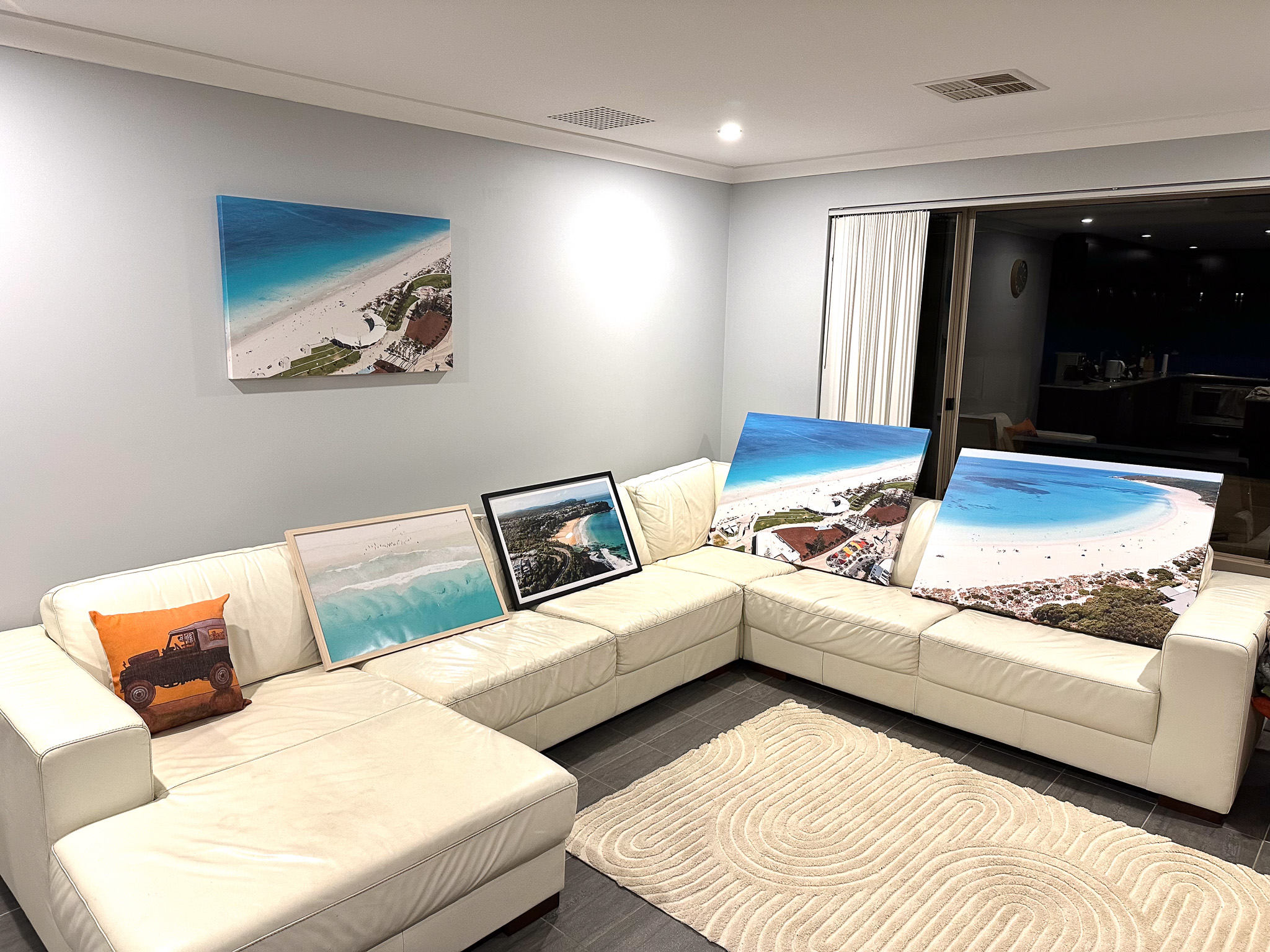
Tips for New Drone Pilots
If you’re new to the world of drones, here are some tips I’ve learned over the years:
- You’ll need a minimum of a DJI Mini drone to get a true feel of what flying a decent drone is like.
- Initially, fly in wide-open spaces away from people, buildings, and obstacles.
- Familiarise yourself with local drone laws and always fly responsibly.
- Focus on mastering basic manoeuvres before attempting complex shots.
- Wind, temperature, and precipitation can all affect your drone’s performance.
- ND filters are important for controlling exposure, especially when shooting video.
- Develop your editing skills in software like Premiere Pro to make the most of your footage.
- Connect with other drone pilots on sites like Facebook and Reddit to share tips, locations, and experiences.
1. Use an ND Filter for Better Video Quality
An ND (Neutral Density) filter is a must-have for drone pilots aiming to capture cinematic footage. It reduces the amount of light entering the camera, allowing for slower shutter speeds and smoother, more natural-looking motion.
This is particularly useful in bright conditions where the footage might otherwise appear too harsh or overexposed. Experiment with different ND filter levels depending on the lighting. I usually use an ND16/ND32 in daytime bright conditions.

2. Fly to Your Furthest Location First
When planning long-distance flights, always fly to the furthest point first. This allows you to maximise battery range while the drone is most powerful and ensures you have enough battery to safely return.
Wind resistance or unforeseen delays might deplete your battery faster than expected, so it’s important to leave a buffer for the return journey. Always aim to land with at least 20-25% battery left to avoid emergency landings.
3. Edit Your Photos and Videos for Social Media
Straight-out-of-camera shots often don’t do justice to the stunning scenery your drone can capture. To make your photos and videos stand out on social media, take time to edit them.
I use video editing software like Adobe Premiere Pro on desktop and LightCut on mobile for colour correction, stabilisation, and trimming.
For photos, apps like Adobe Lightroom allow you to enhance colours, correct exposure, and make them pop on platforms like Instagram or YouTube.
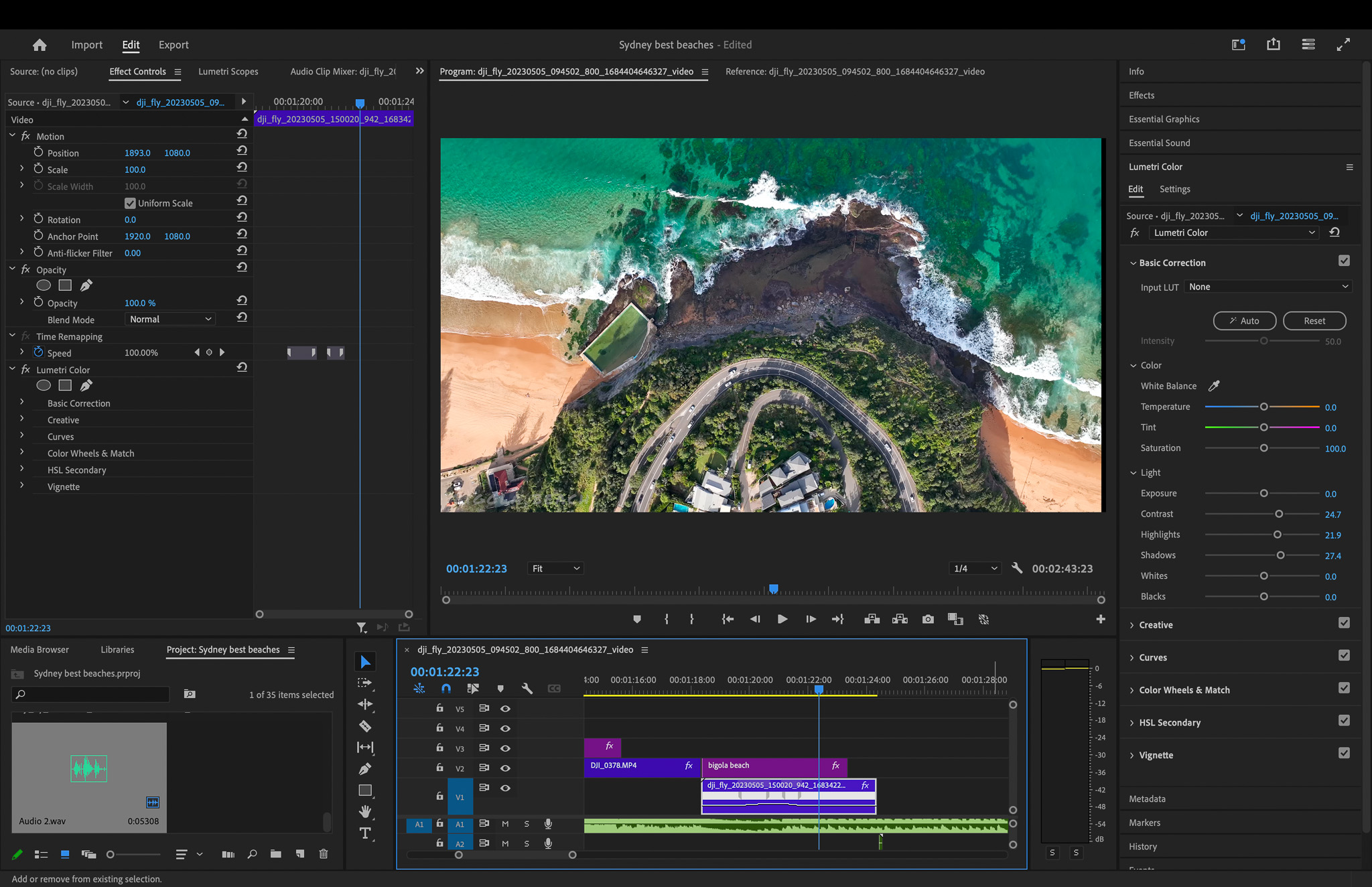
4. Know the Drone Rules and Fly Responsibly
Some of the key rules include not flying higher than 120 meters (400 feet), keeping a minimum distance of 30 meters from people, and always maintaining visual line of sight with your drone.
Wrap Up
Drones are a lot of fun to fly and I still enjoy flying mine after six years. It’s an exciting hobby that gets you outdoors and allows you to see Earth from the eyes of a bird.
The DJI Mavic 3 is the photographers dream drone whilst the DJI mini 4 Pro is the best drone for travelling.
You can’t go wrong with any of the latest DJI drones. Learn as much as possible, grow your skills and turn your hobby into a career! Happy flying.
Frequently Asked Questions
What Should I Know Before Buying a Drone?
Usually the more you spend on a drone the easier it is to fly and the more safety features it has. Look for a drone that has omnidirectional avoidance systems like the Mavic 3, Mini 4 Pro or DJI Air 3.
Also consider what you’re using it for. If you need a drone for commercial use for things like 3D modelling and surveying then you’ll need one of the DJI Enterprise drones with a mechanical shutter.
Which Drone Should I Buy for a Gift?
If you’re looking at buying a drone as a gift and don’t want to spend much the DJI Mini 3 or the Mini 4 Pro would be the go.
The Mini 4 Pro is a great drone for a gift. It can shoot in 4K, has a flight time of 45 minutes and has omnidirectional obstacle avoidance(needed for newbies). It’s well worth the upgrade from the Mini 3.
What’s the Best Editing Software for Drones?
If you’re looking for free editing software for mobile then LightCut is the best option. It offers 4K video editing as well as LUTs for D Log and all the basic colour grading tools.
For desktop then Adobe Premiere Pro is a top choice for video editing with advanced colour grading and effects. Adobe Lightroom is the go to for editing drone photos.
I'm Matt, a writer and drone photographer with over 6 years in the field. I specialize in all things drones – from buying guides and editing tips to monetization strategies. My goal is to help enthusiasts and professionals alike navigate the exciting world of aerial photography and videography, sharing insights that turn drone passion into expertise and opportunity.

